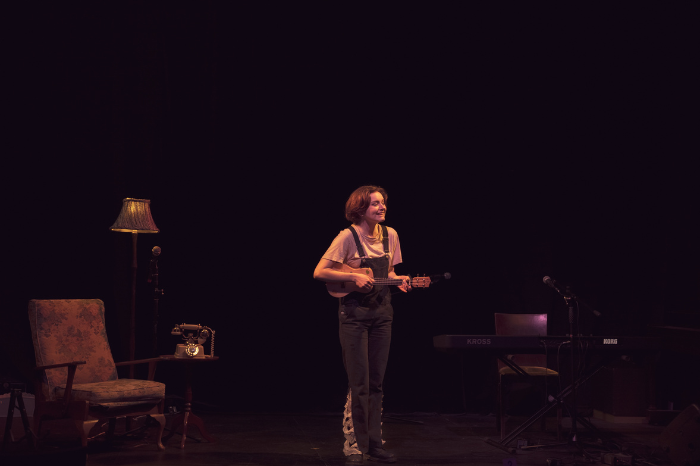
“A package of supports that lets you choose where and how you live in the way that best suits you.”
That’s how the National Disability Insurance Agency refers to Individualised Living Options (ILO), a new type of National Disability Insurance Scheme (NDIS) funding that allows people to explore different ways to live (with friends, family, or a host) and design a support package to help them to live the way they choose.
Here’s what registered ILO provider, Hireup, told us.
ILO stands for Individualised Living Options. It’s a new type of NDIS funding. And it’s an alternative to Supported Independent Living (SIL) for some NDIS participants.
You can use ILO funding to design, create and maintain a housing situation that’s unique to you. For example, you can use the funding to pay someone you live with, like a housemate, for support.
There are four broad types of ILO arrangements, including:
Living with a housemate
This is much like any other housemate relationship. An NDIS participant might hold a lease or own the property, or their family might. In other circumstances, a participant and their housemate(s) might be on the lease.
There is often a value exchange between NDIS participants and housemates, where the NDIS participant uses ILO funding to subsidise the rent or pay a stipend to the housemate. In return, the housemate provides companionship, direct and/or emotional support, or they do other activities together. You can learn more about ILO housemate relationships by watching a short video about Dave and Goran who live together in Sydney.
Living with a host
This is when an NDIS participant moves into a house that belongs to (or is leased by) someone else and uses their NDIS funding to contribute towards the expenses that are incurred by the host. For example, Hireup has had cases where a client has been in a great foster care arrangement and chosen to stay, even after they turned 18. In these cases, clients have used ILO funding to cover what the foster care system previously did.
Living together
Some NDIS participants are friends with other NDIS participants, and sometimes they’d like to live together. Under this type of ILO, they might even share supports. Unlike SIL, in these arrangements the participant and/or family run the house and choose who lives there and what happens day to day.
Living alone
This is when an NDIS participant lives by themselves and has informal supports – like neighbours, friends, mentors, or others – offering scheduled support. Part of the ILO process might be to help them build up these informal supports.
There are lots of ways to create your ideal home. Some people use SIL or Core Supports funding, while others prefer to use ILO funding. ILO packages fund up to $230,000 per year, depending on what your needs are. This includes all your in-home support, but excludes capacity building, capital and community participation.
You might be eligible for ILO funding if:
Find out more about the eligibility criteria by reading the NDIA’s Operational Guidelines.
If you do want to apply for ILO funding, you need to:
If you become overwhelmed or the NDIA declines your request, you can consult a registered ILO provider like Hireup to help you review your ILO application. If you’re interested in learning more about ILO options at Hireup, you can contact the organisation’s ILO Manager, Pat Neary, via email at [email protected].


